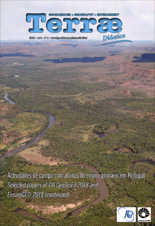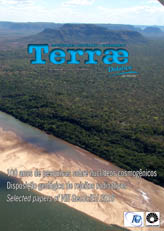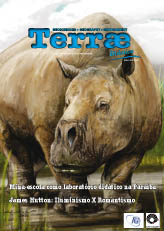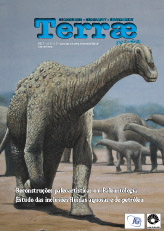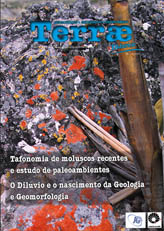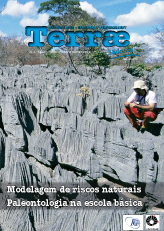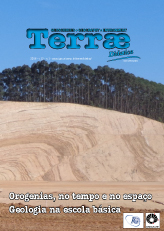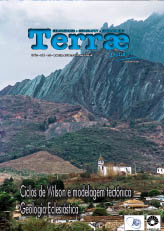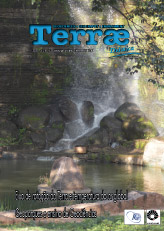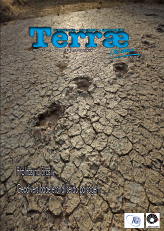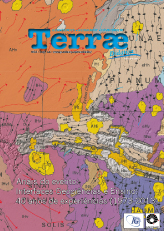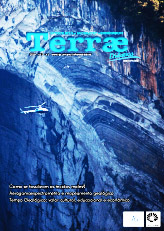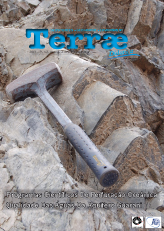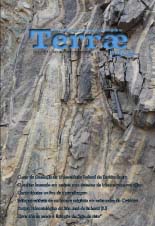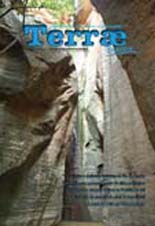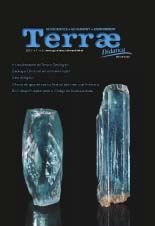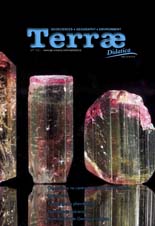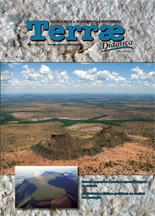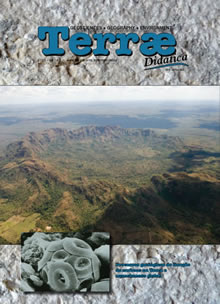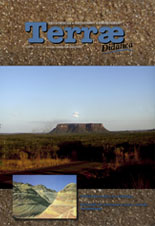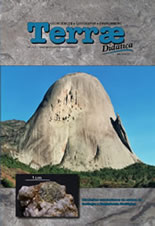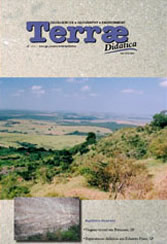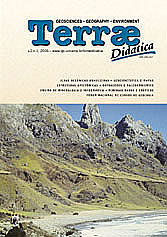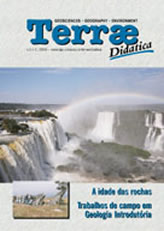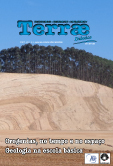Campinas-Brasil
ISSN 1980-4407

 ___________________
___________________ __
__
Volume 14, n2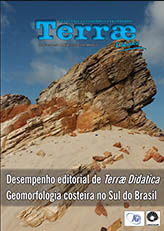
Volume 14, n1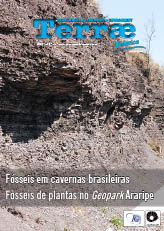
Volume 12, n3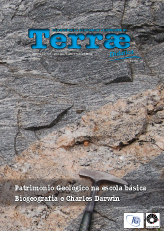
Volume 10, n2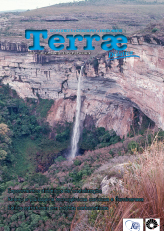
Volume 8, n2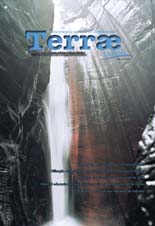
Orogenias: das margens continentais ao interior remoto das placas, uma revisão no tema
Benjamim Bley de Brito Neves
Prof. Sênior, Instituto Geociências, Universidade de. São Paulo, Departamento de . Mineralogia e Geotectônica
Abstract: This paper intends to review and to organize a synthesis on the problem of orogens classification, since the beginning of the Plate Tectonics concepts in the early 1970 decade. During this decade and the subsequent, additional observations, information and data were proposed to enrich the original concepts, considered classical on this subject. From the critical analysis on those original models, based on the observation of many Paleozoic and Proterozoic orogenic systems as well as on complementary observation of the rheology of the lithosphere and its thermal-tectonic behavior with time, some newer models ("alternatives") became available, mainly during the 1980 decade. Most of these new models have focused cases of orogeny without participation of oceanic lithosphere, in the remote interior continental, and with local processes of continental lithosphere subduction ("A" subduction). From the 1990 decade onwards, many published studies have contested the rigidity of the lithosphere plates, calling attention for the possibility of weakening of a plate (rigidity decay) by intrinsic thermal processes, together with new advanced studies about causes of subsidence (basin forming tectonics). So, it was accomplished that intracontinental orogenies were rather extreme cases of basin inversion, and that the stress fields use to be formed very far, at active margins, were able of penetrate up to some thousands of kilometers to the interior of the continents, and so they would also be the responsible (basin deforming tectonics) by those orogenies, far from the suture zones. In most of the continents, new cases of intracontinental orogens have been recognized, since the 90 decade. Although the concept of intracontinental orogenies ("telesutural" types) still is in the flux stage, it is possible to assume that this is a consolidated concept in the first days of the XXI century, but it is still far away from textbooks. This paper intends to draw an historical of the theme; it finishes with a proposal of classification of orogenies, having in mind three groups of the main process variables: position of the orogen (distance from a suture zone); the geometric-geologic scheme (in plant); and degree of exumation.
Keywords: Orogeny, basin-forming tectonics, basin-modifying tectonics, folding systems, intracontinental deformation.
Resumo: Esta síntese do conceito de orogenias abrange desde a Tectônica de Placas dos anos 1970, adendos e modelos "alternativos", que buscam explicar orogenias distantes das zonas de interação de placas. A análise crítica dos modelos originais resultou em adendos que incluem domínios proterozoicos e paleozoicos e observações sobre reologia e história termo-tectônica da litosfera. Os modelos alternativos explicam a orogênese por subdução local de litosfera continental, sem envolver litosfera oceânica. Nos anos 1990, houve notável avanço no estudo das causas da subsidência (tectônica formadora de bacias) e estudos que contestam a rigidez das placas e propõem modelos de enfraquecimento devido à ação termal. Orogenias intracontinentais, entendidas como caso extremo da inversão de bacias, ocorrem em praticamente todos os continentes. Esforços gerados em zonas de interação de placas podem ser transmitidas continente adentro por milhares de quilômetros e gerar tectônica deformadora longe de suturas. Embora esteja ainda em estágio de fluxo, o conceito de orogenias intracontinentais ("telessuturais") vem se consolidando, embora não tenha sido incorporado a livros-texto. O histórico e o reexame do tema possibilitam classificar os orógenos segundo três variáveis principais: posição em relação às zonas de sutura, organização geométrico-geológica (em planta) e nível de exumação.
PALAVRAS-CHAVE: Orogenia, tectônica formadora, tectônica deformadora, sistemas de dobramentos, deformação intracontinental
DOI: http://dx.doi.org/10.20396/td.v12i1.8645964
Copyright © 2005-2007 - Instituto de Geociências - Universidade Estadual de Campinas - UNICAMP - Brasil - Todos os direitos reservados -
Desenvolvimento: ![]()
